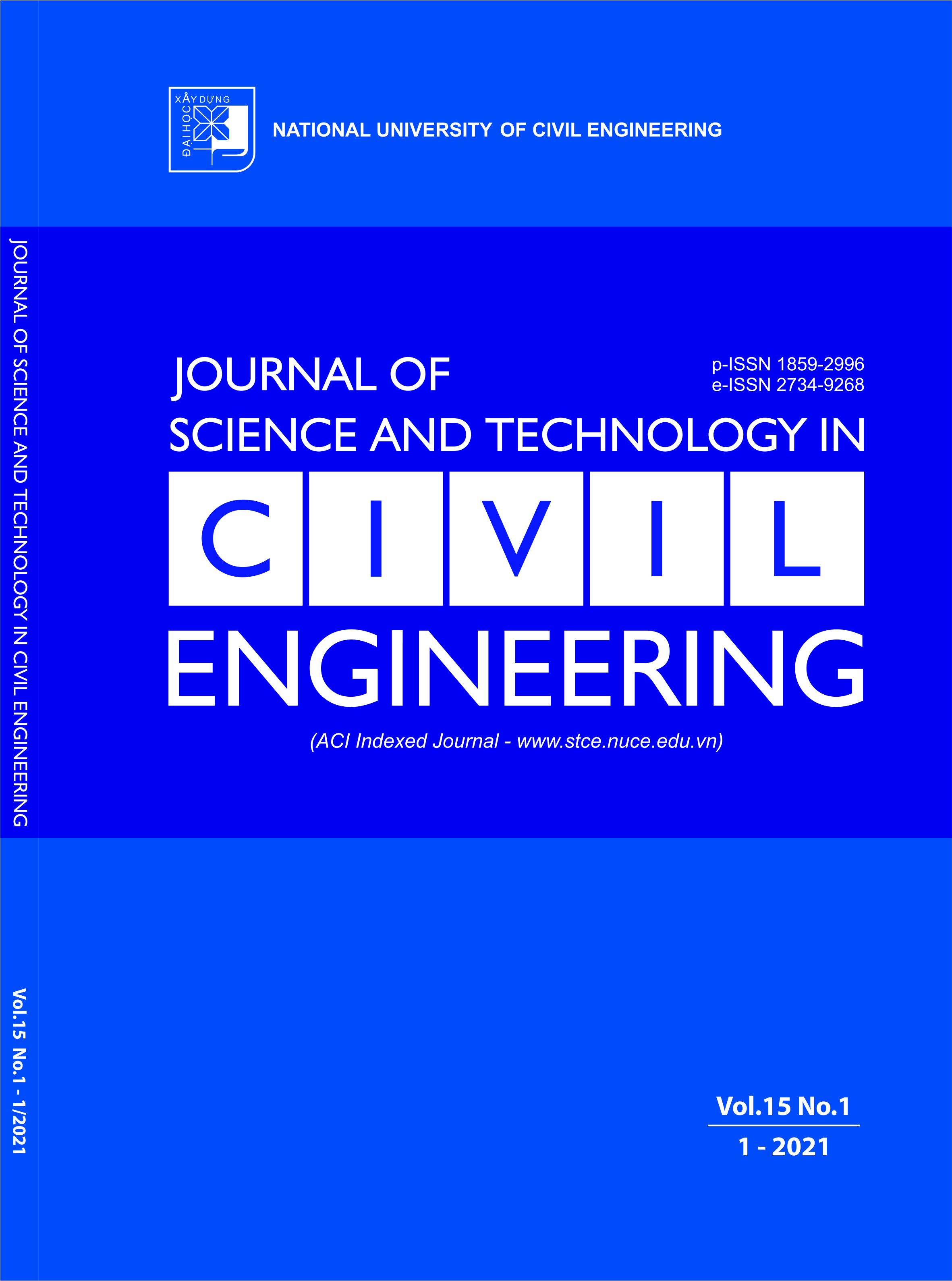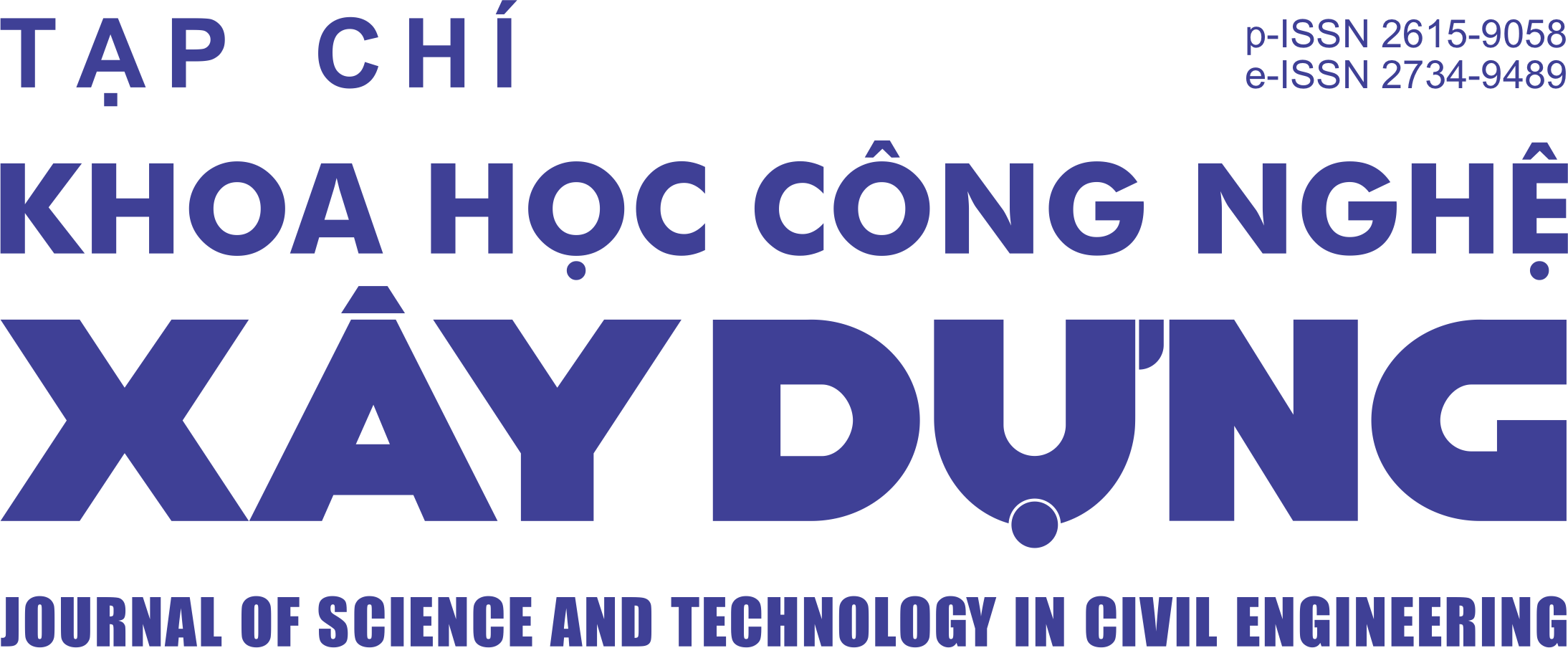Microstructural characteristics of ultra-high performance concrete by grid nanoindentation and statistical analysis
Abstract
In this study, grid nanoindentation and statistical deconvolution analysis were applied into a developed Ultra-high performance concrete (UHPC) to broaden the understanding of the microstructure phases and their mechanical properties. A total of 550 nanoindentation tests was carried out on UHPC and the mechanical properties, including indentation modulus and hardness of the indented material were extracted from nanoindentation load-depth curves. The statistical deconvolution analysis was then utilized to analyze the modulus and hardness spectra. The experimental and analysis results revealed that the modulus and hardness data obtained from nanoindentation tests can be used in the accurate and reliable identification of the microstructure phases and their properties in UHPC. For the present UHPC, the microstructure can be characterized into 6 phases with distinguishable mechanical properties, including micro porosity, Low Density Calcium Silicate Hydrates (LD CSH), High Density Calcium Silicate Hydrates (HD CSH), silica powder and sand, and residual cement clinker. The obtained modulus and hardness values of these phases were in the range of various reported ones for cement-based materials and UHPC.
Keywords:
ultra-high performance concrete; microstructures; micromechanical properties; nanoindentation; statistical analysis.
Downloads
Copyright (c) 2021 National University of Civil Engineering

This work is licensed under a Creative Commons Attribution-NonCommercial-NoDerivatives 4.0 International License.
1. The Author assigns all copyright in and to the article (the Work) to the Journal of Science and Technology in Civil Engineering (JSTCE) – Hanoi University of Civil Engineering (HUCE), including the right to publish, republish, transmit, sell and distribute the Work in whole or in part in electronic and print editions of the Journal, in all media of expression now known or later developed.
2. By this assignment of copyright to the JSTCE, reproduction, posting, transmission, distribution or other use of the Work in whole or in part in any medium by the Author requires a full citation to the Journal, suitable in form and content as follows: title of article, authors’ names, journal title, volume, issue, year, copyright owner as specified in the Journal, DOI number. Links to the final article published on the website of the Journal are encouraged.
3. The Author and the company/employer agree that any and all copies of the final published version of the Work or any part thereof distributed or posted by them in print or electronic format as permitted herein will include the notice of copyright as stipulated in the Journal and a full citation to the Journal as published on the website.







